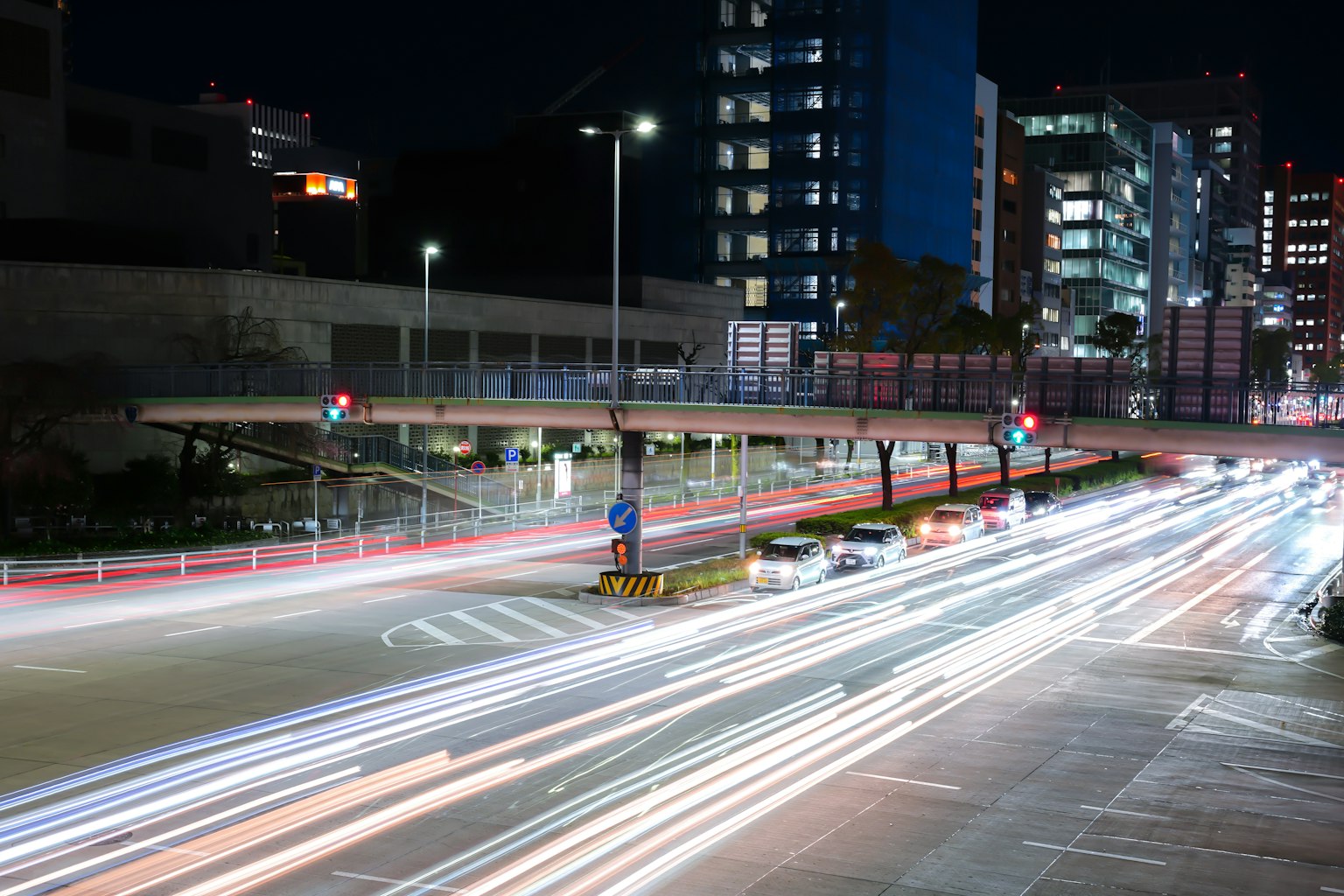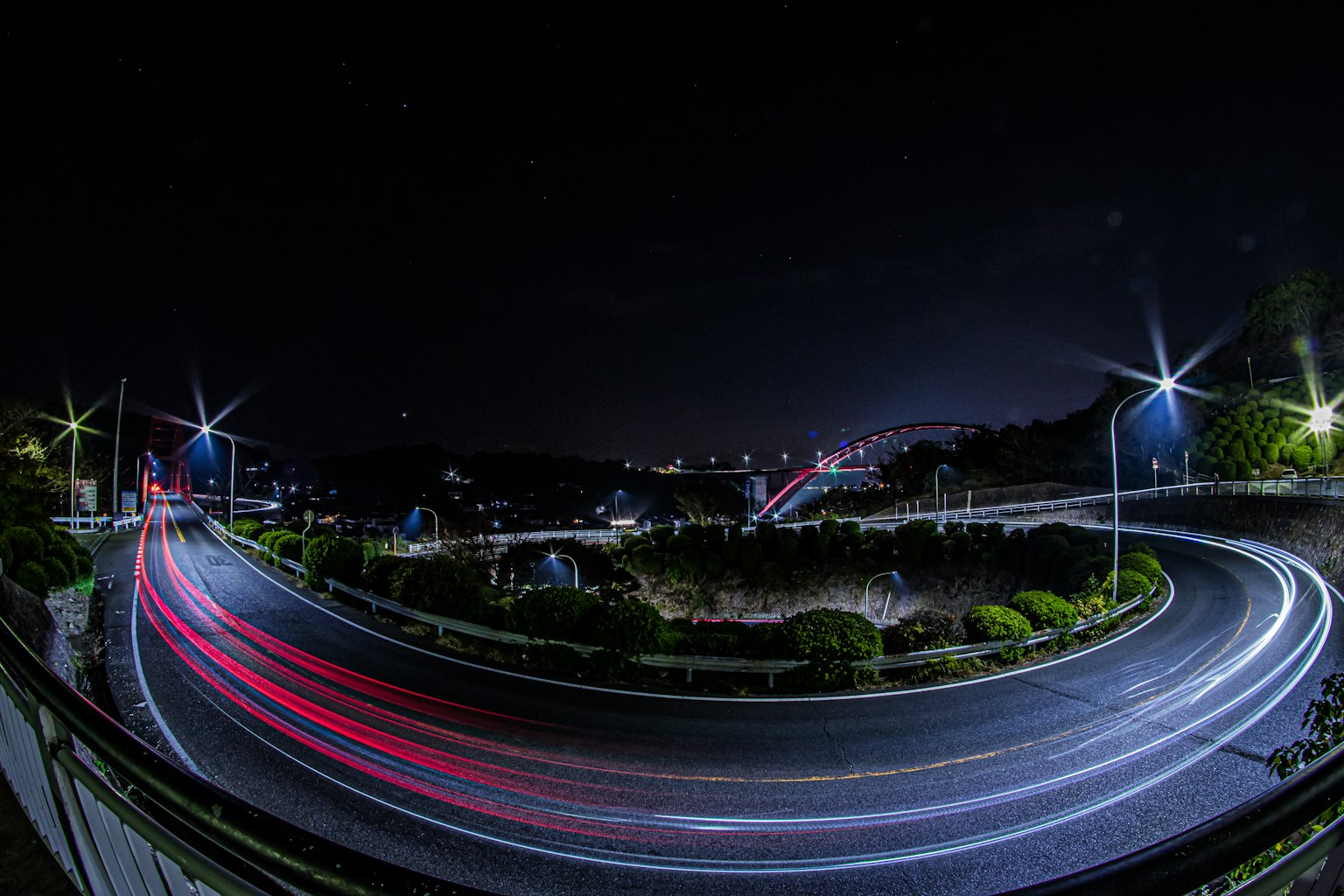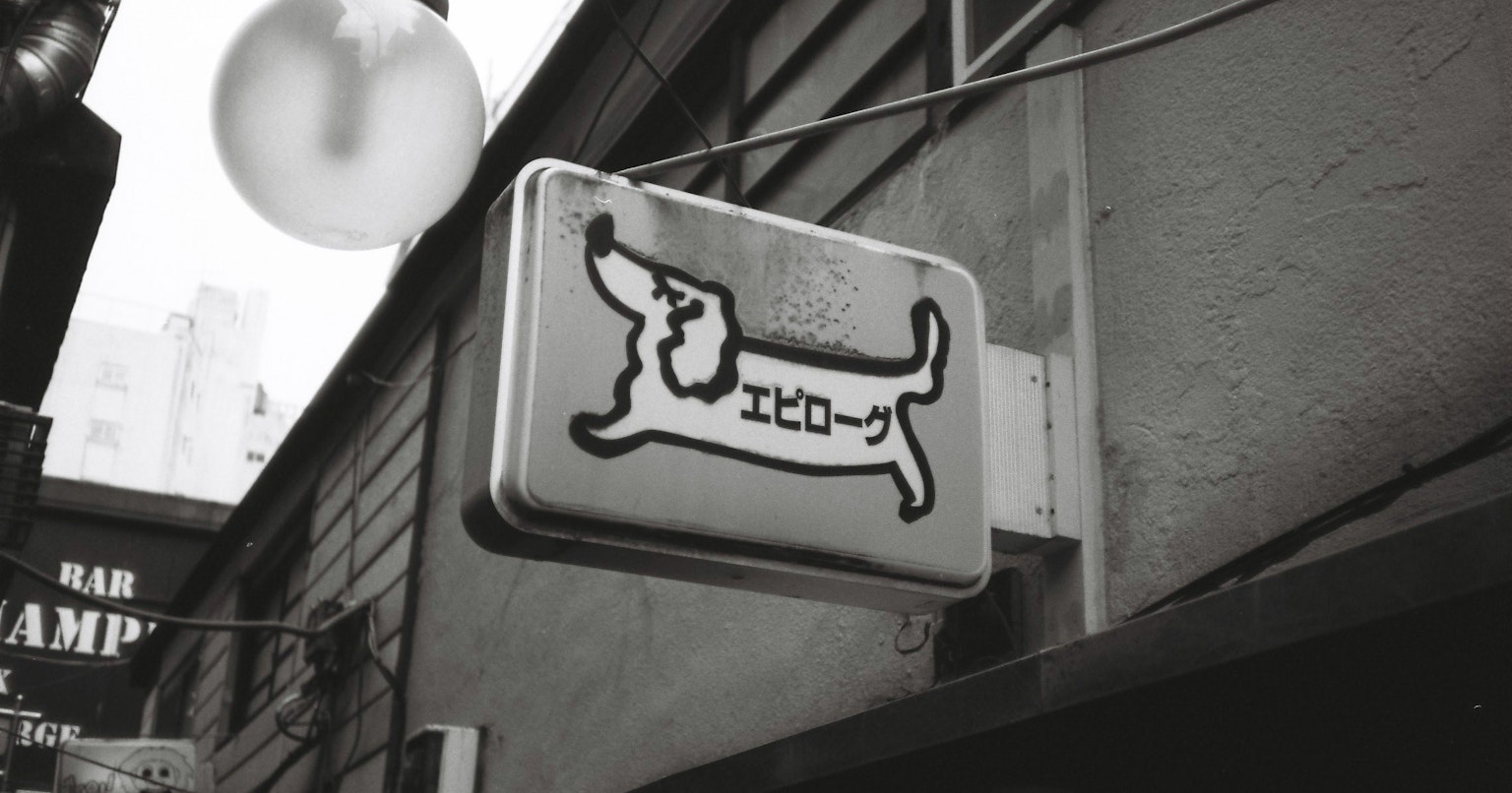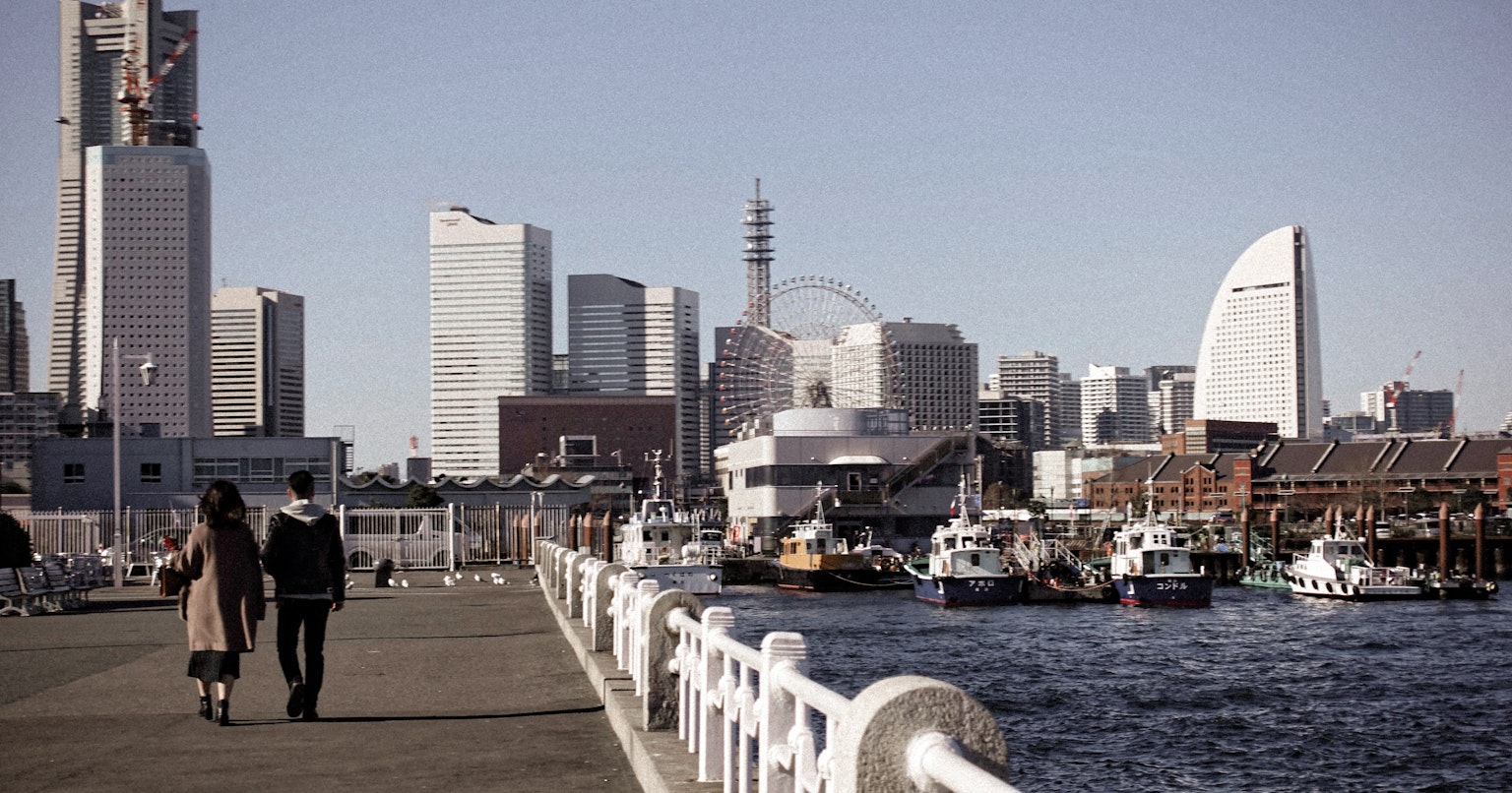
Cover photo by まるう
In night photography, you might notice a style where lights appear as lines. This is due to long exposure, and understanding why lights are recorded as 'lines' can enhance your night photography with greater expressiveness.
This time, we introduce key points for beautifully capturing light trails and things to watch out for during shooting.

photo by らっしぃ
The Magic of Long Exposure
Lights become lines in night photography as a result of setting the shutter speed to several seconds or more, known as 'long exposure.' When moving light sources like car headlights or streetlights move while the shutter is open, their paths are recorded as lines on the camera sensor.

Photo by AYUMOON
This creates a magical light trail effect, adding a sense of presence to night scenes. Long exposures of 10 seconds or more are particularly effective for capturing moving subjects like busy traffic or Ferris wheels.
Basic Settings for Capturing Beautiful Light Trails
Mastering long exposure involves several important settings. First, use a tripod to stabilize the camera and prevent blur. Set the shutter speed around 10 seconds, adjusting according to the speed of the subject for optimal results.

Photo by やーまん
Set the aperture to F13-F16 to ensure lights are captured as lines rather than points. Also, keep the ISO sensitivity as low as possible (below ISO100) to reduce noise and capture clear night scenes. By focusing on these settings, you can take vivid and dynamic photos.
Avoiding Flares and Ghosts and Finishing with Retouching
In night photography, unexpected reflections or refractions can cause spots or reflections known as 'flares' or 'ghosts.' To prevent these, use a lens hood and keep the lens clean. Avoid including strong light sources directly in the frame. After shooting, adjust exposure and contrast in retouching to make light trails appear sharper, resulting in a cool and magical image.
By utilizing light trails in night photography, you can add dynamism and drama to cityscapes and landscapes at night. Embrace the charm of long exposure and challenge yourself to night photography!



